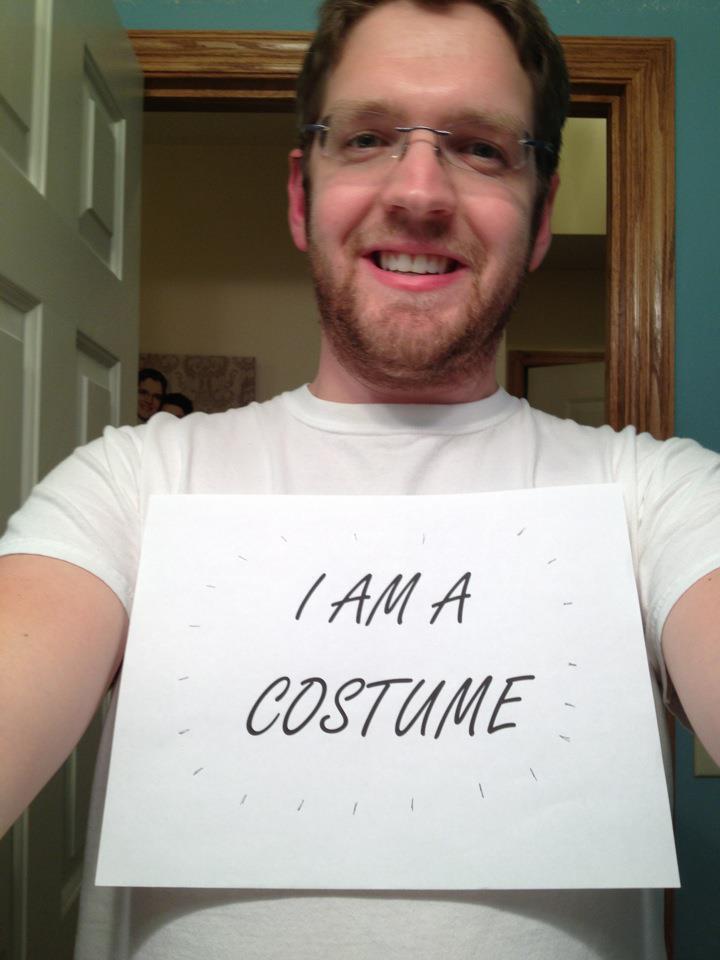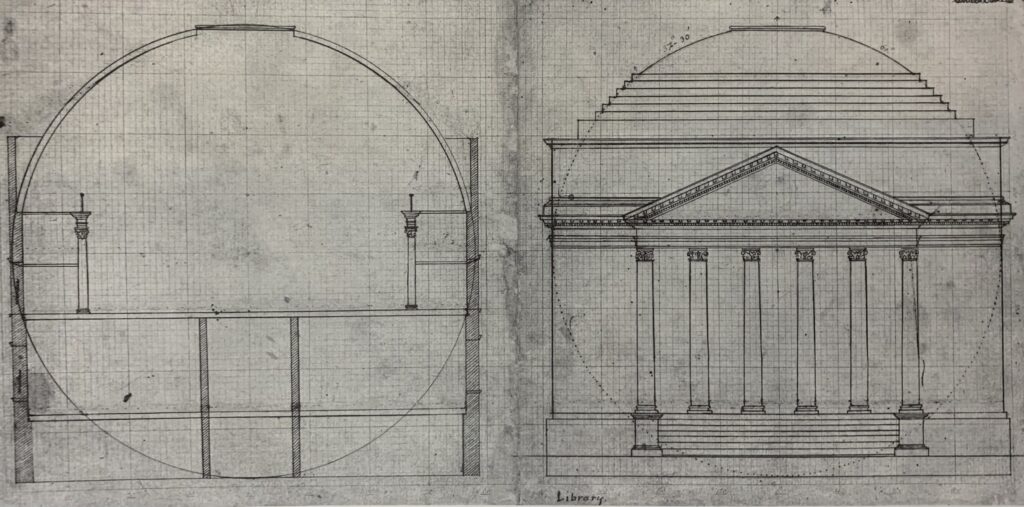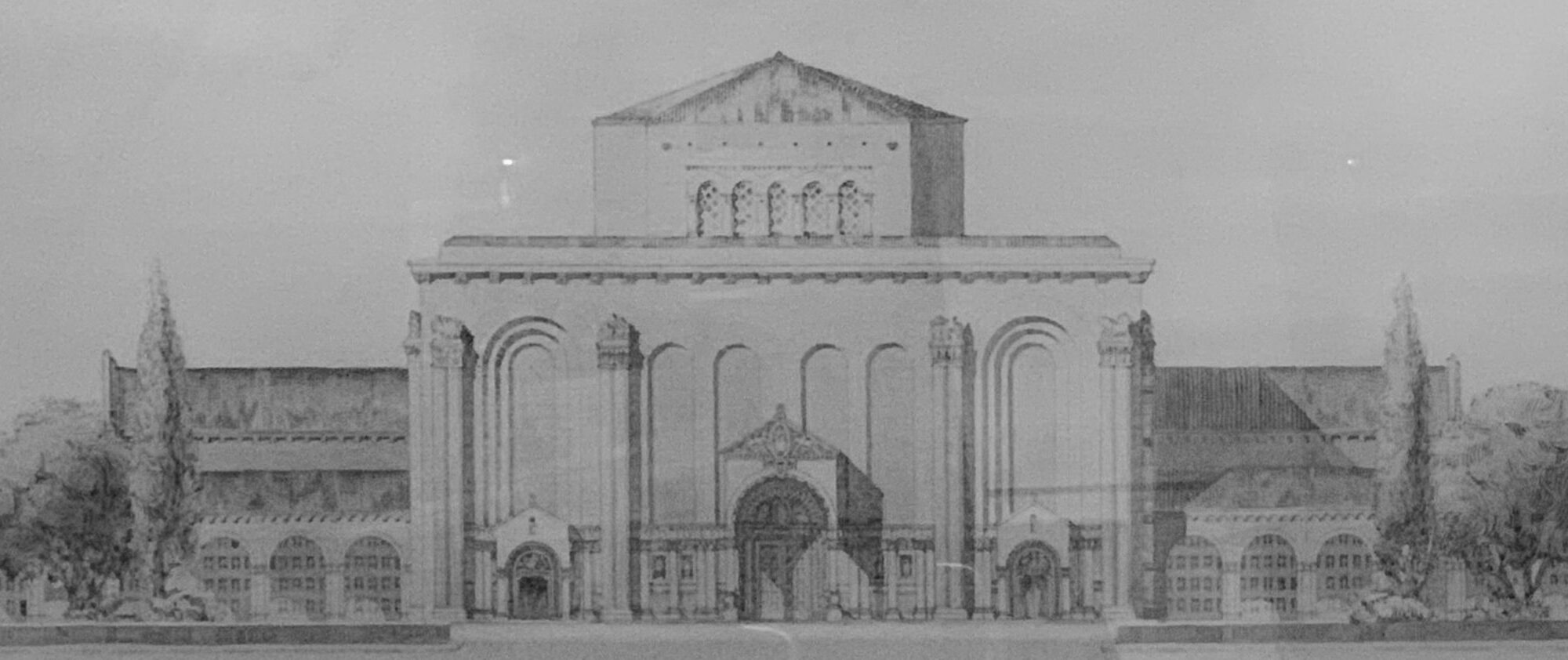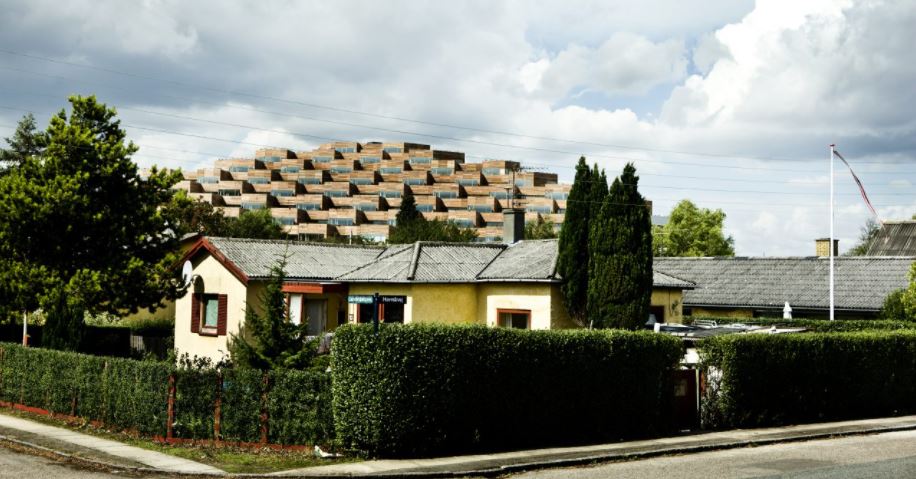An “Argument” For Changing How We Think About Buildings.
Cover image: 1920s era graduate level work from Harold Spitznagel, illustrating a classical drawing approach to an elevation
While not required reading in my own architectural education, I’ve often interfaced, usually in a joking manner, the analysis of Denise Scott Brown and Robert Venturi of the “duck” vs. the “decorated shed.”

If you are unfamiliar with the analysis, the “duck” refers to buildings where the “architectural systems of space, structure, and program are submerged and distorted by an overall symbolic form.”1 This is literally calling out an actual-duck shaped building in Long Island New York built as a shop selling ducks and duck eggs. While there are no “pure” examples in our state that illustrate this type architecture in that literal sense of the duck (that I am aware of), Scott Brown and Venturi would likely argue that Modernism’s expressions of “form follows function” are not so different from the “duck’s” attempt to have its form follow function, and there may be a number of those in our area, which I’ll leave to the reader’s own discernment.
The decorated shed, on the other hand, refers to buildings where “systems of space and structure are directly at the service of program, and ornament is applied independently.”2 We see this pragmatic approach to buildings all over our region. Any Lowe’s, Taco Bell, and many other retail establishments are clear evidence of this, but even our hospitals, civic buildings, and houses exhibit this type of “applied” ornament or decoration, good or bad.
Now, I’m not writing this to champion the reversal of what Scott Brown and Venturi attempted to demonstrate and advocate for (the decorated shed), but rather to set up a historical context for what a more universal truth to what our built environment can be. So much of what we experience, as I alluded to earlier, is, frankly, a bastardization of the decorated shed. While applied symbol can impart meaning, when done simply to make a building look more like what the public’s perception of what a building is supposed to be, we create an echo chamber of non-contextual buildings and spaces that, while potentially making the public feel “good,” speak nothing to truth, let alone beauty.
There are many reasons why this happens likely, but one idea I’ll put forward is that too much ‘design’ thinking occurs in the vacuum of the sheet (or bumwad, sketchpad, tracing paper, etc.); that is, we’re drawing too much, obsessed with the artifact of the drawing, and not stepping back to think fully about architecture in multiple dimensions. In a designer’s pragmatic attempts to meet a client’s budget, we lay out an efficient floorplan of blocks of space, into efficient squares and rectangles, then add some assumed volume (height) to create an assumed enclosure and only then begin looking at the elevations. The elevations are these similarly boxy yet 2-D shapes on which we sketch and draw and apply symbols of building elements. Even a “modern” linear canopy across some doors is only done because canopies are symbols that usually indicate entry (developed through pragmatic means of shelter, of course), whether or not the canopy actually provides the shelter originally intended or not. Not as blatant as what Scott Brown and Venturi provided for “symbols” within their work, but a similar approach nonetheless.

An alternative approach is looking at the massing and form early on, as part of the programming of spaces. The interior reading with the exterior – truth revealed through the articulation of space and form both inside and out. We occupy space within four dimensions, but only two of those are engaged in simple floor-planning exercises or sketches over flat elevations. All four dimensions, ideally, should be considered at once, developed and engaged early on, more as models and sculpture in the context of time, as opposed to layers of sketch over flat depictions of floor or façade. This of course can be abused as well, with sculptural symbolism ham-fisting program into non-related forms (again, focusing too much on the artifact). Taking the similar example of the canopy, obsessed with the sculpture and model, it can become grossly oversized to seemingly hit the occupant over the head with the symbolism of “I AM AN ENTRY’’, ignoring the pragmatic needs of why a canopy is provided at an entry in the first place. That, there, is the danger of the duck.
So where exactly do I land? Neither approach, in their extreme, is desirable. That said, good building design necessitates engagement of three-dimensional space within the context of the fourth dimension of time. Drawing alone may help develop small aspects of the larger whole, but the larger whole needs to be cohesively conceived of, thus falling on the side of a sculptural approach. However, that still errs toward the temptation to focus on the artifact and decorative form alone, so restraint must always be applied. Restraint, often, is not a design strategy usually recognized (at least by the untrained eye), as it pertains more often to the absence of something. It is easier for humans to focus on what is there vs. what is missing or what could’ve been but isn’t (for better or for worse). What would our perception be of the Eiffel Tower if it were clad in some decorative material? Why do we appreciate the stark whiteness of ancient Greek temples (despite them at one point likely having been quite colorful)? Restraint is key, as it requires a simplification and often re-examination of the goals and desires, typically leading to more elegant and truthful articulation of the spaces we occupy.
I think our culture, in general, could do with a little restraint throughout, don’t you?
1 Learning From Las Vegas; Denise Scott Brown, Robert Venturi, Steven Izenour. 1972.
2 Ibid.

Chase Kramer, AIA, is the Director of Design for TSP Inc. in Sioux Falls. He received his M.Arch from ISU where he focused on urban design and sustainability. Before that, he received a degree in Art from Augustana University. He lives in Sioux Falls with his wife and four children. Beyond Architecture, he is an AI early adopter, musician, art lover, and fan of cheese and beer.





Always fun to peek inside that brain of yours!